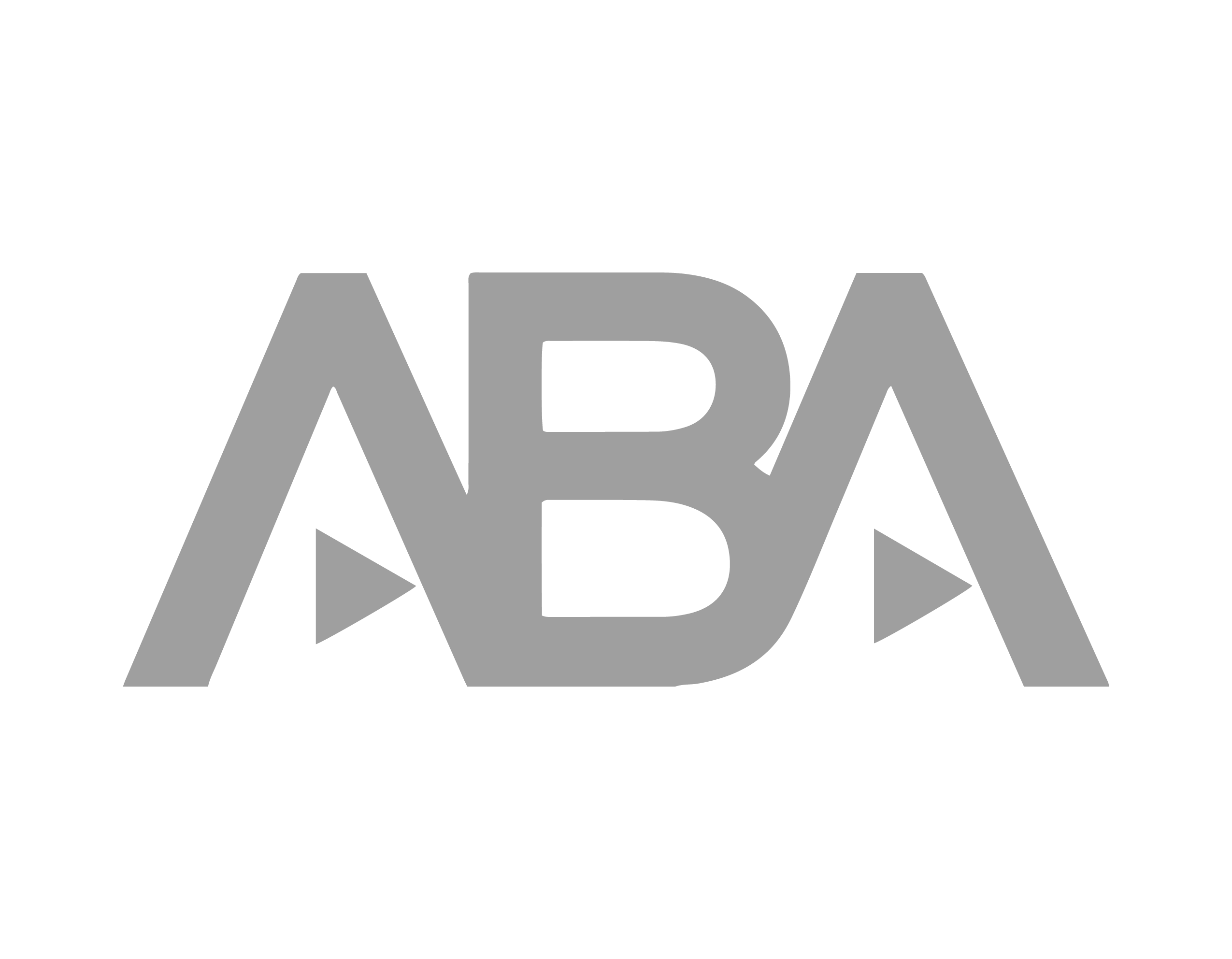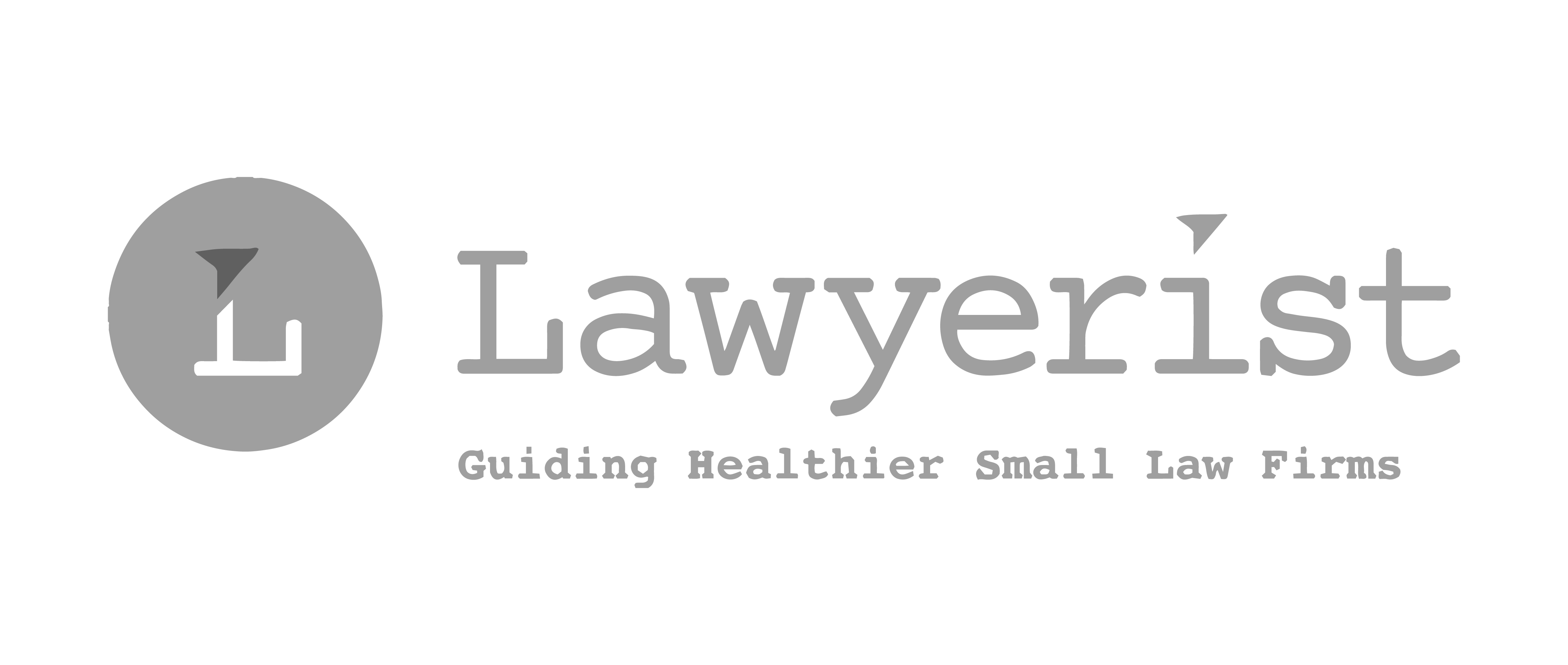The Ultimate Client Intake Process

If you’re struggling to bring on new clients, it can help to consider whether your client intake process is working for you—or against you.
Your client intake process combines marketing strategies, operational workflows and processes, and client experience strategies. It’s your opportunity to showcase how efficient and effective your law firm is at providing legal services. Yet client intake can also be challenging—inconsistent processes, untrained staff, and unclear expectations can quickly derail a new client relationship.
If you’re struggling with your client intake, read our five-step client intake process below and learn how to improve client intake to make the process smoother for both your firm and your clients.
The five-step client intake process
Let’s look at the steps you need to consider in a comprehensive client intake.
1. Attract and nurture leads
Before you can take on new clients, they have to learn that you exist.
Create a digital marketing strategy for your law firm that demonstrates your knowledge and differentiates you from your competitors. There are numerous avenues to pursue, from blogging to email marketing to paid social advertising to running a law firm TikTok account.
Each approach has its own merits, but no matter what you choose, your marketing strategy should give potential clients insight into what it would be like to work with you, then provide clear and actionable steps for them to take to reach out. Make sure you target the right audiences with your marketing strategy, though—when you don’t market on the right platform or you share information that’s not valuable, you’ll lose leads before you even speak to them.
Don’t discount the value of nurturing your referral network, too.
Building strong relationships with other attorneys and past clients can help bring new business through your doors. What’s more, referrals can help speed up the client intake process because your referral sources have already (partially) vetted potential clients.
2. Make your law firm easy to contact
No matter where your leads come from—Facebook, your website, or a referral from a colleague—law firms should have a strategy for connecting with potential clients as they reach out.
Potential clients shouldn’t encounter hurdles when getting in touch with you. A website form is a helpful tool to capture leads, but make sure your form asks potential clients for pertinent contact information, including:
- Name
- Phone Number
- Type of case or legal matter
- Best time to reach the person
Other good options include a web chat or a virtual receptionist to field calls when your intake staff is away from the desk. Responsiveness is essential during the client intake process—according to the ABA, 42% of the time, law firms take three or more days to reply to a prospective client. By delivering a quick response to leads, your law firm will stand out.
3. Pre-interview and conflict check
Once you’ve connected with potential clients, you’ll need to have your initial pre-interview to ensure they’re the right fit. If you’re the wrong law firm for their needs, you can refer them to a colleague in the relevant area to boost your networking.
Be sure to run a conflict check as well before moving forward any further in the process. You don’t want to invest too much time in the intake process only to realize that a conflict of interest exists.
4. Schedule a consultation and provide a thorough intake questionnaire
Once you determine a client is a good fit for your firm, you need to schedule a consultation. This is your chance to pitch your services and turn the potential client into a loyal one.
Any new client needs to fill out a thorough intake questionnaire. Prepare these in advance and tailor them to different types of cases or matters your firm takes on. You’ll then input all the answers into your legal practice management software to keep your client’s information in one place.
5. Sign contract and set expectations
Before you do any billable work for your client, agree on a rate and sign a contract that details your billing process. Set clear expectations for your services to ensure any bills or invoices don’t blindside them in the future.
It’s important that your client fully understands the scope of services you’re providing. Setting clear client expectations now will result in a more positive client relationship and, ultimately, better services rendered.
Now is also the time to complete any other onboarding procedures for your client, like sharing information on billing procedures, hours you’re available, and preferred methods of communication.
Four ways to improve your client intake
While client intake can seem like a simple process, it’s fraught with challenges. Since you can’t bill for the time you spend on intake, you want to complete it as efficiently as possible.
1. Do your client intake online
If you do client intake with a clipboard and paper survey, it’s time to step into the present.
Online client intake offers a much smoother process. Even starting with something like Google Forms can be a great way to get the information you need, although you may find you have to input all the information over and over in other places. Legal client relationship management tools like Rocket Matter CRM can be a good solution for keeping all client information synced with your practice management system.
2. Improve your pre-screening interview
If you have to call clients more than once to ask them a question that you didn’t include in your pre-screening interview, you need to update your survey.
It can be challenging to understand how much information you need from a client. Every time you need to call a client to ask for more details, write the question down so you can consider adding it to your pre-screening survey. Soon enough, you’ll have a robust interview that’s exactly what you need.
3. Respond quickly:
Responding to any leads contacting your firm is important. 60% of law firms don’t respond to emails requesting more information. If you don’t have enough time in your day to reach out to leads, look into customer relationship management (CRM) software.
CRM software like Rocket Matter CRM can:
- Automate follow-ups by email or text message
- Use a built-in soft-phone dialer so you can call straight from your CRM
- Implement intake form software that automates tedious data entry
- Create customizable, mobile-friendly intake forms
4. Utilize tools in your legal practice management software
If your firm is already using legal practice management software, utilize the tools in your software to speed up the process.
Powerful analytics and reporting tools can help you understand whom to market to. Check out the productivity per matter report that allows you to target your ideal clients—because your ideal clients will convert more consistently than any other segment.
The legal process is already stressful enough for clients. Secure file sharing and e-signature make it convenient for your clients to sign important documents. Implement features that make it easier for them for a better experience from start to finish.
Certain practice management software, like Rocket Matter, offer built-in Client Relationship Management. Instead of integrating tools, you can utilize the practice management software you’re already familiar with.
Create the ultimate client intake process with Rocket Matter
If you’re tired of losing billable hours to the client intake process and still not converting leads, Rocket Matter can help. Our built-in CRM includes
- Automated messages
- Task management integration
- Customizable intake forms
- Workflow automation
All the information from Rocket Matter CRM is sent to your Rocket Matter account, so you never have to input the same data twice.
Speed up your client intake process and schedule a demo with Rocket Matter today.
Share post:








